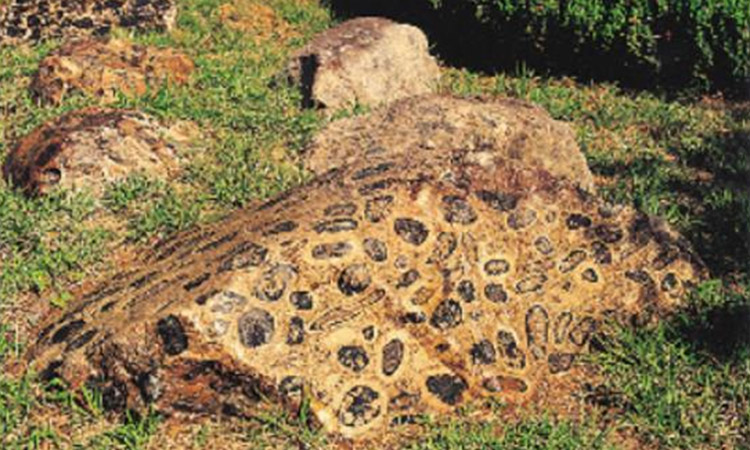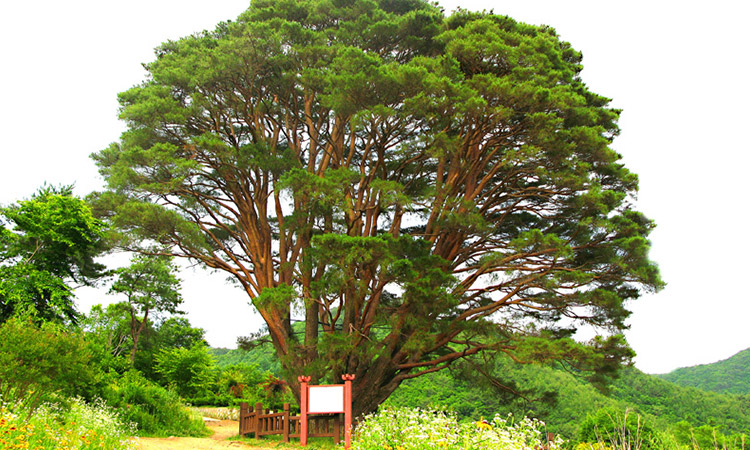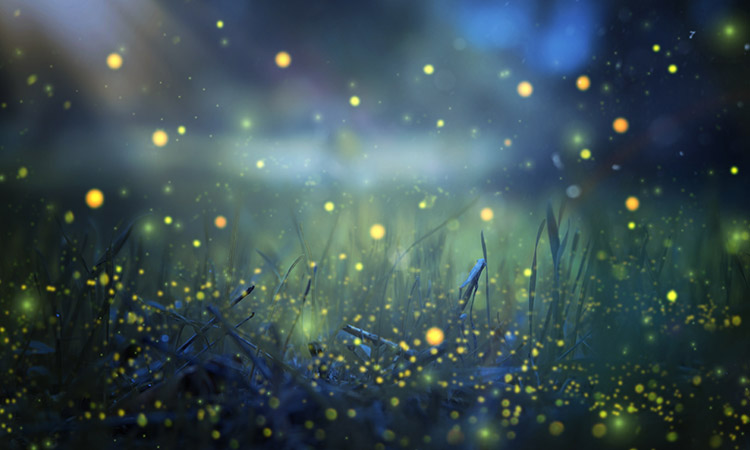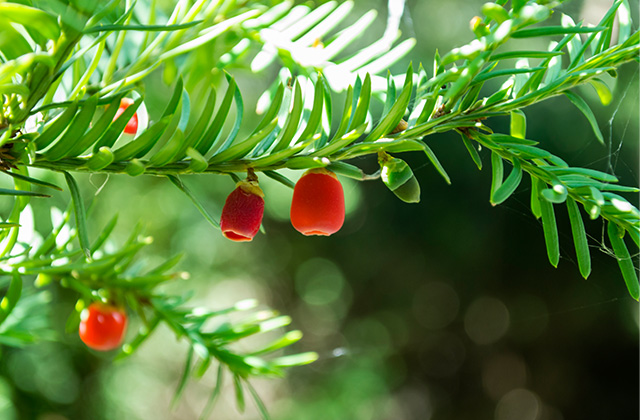Natural Monuments
MUJU COUNTY
Pure Muju
Muju as a Tourist Attraction
Muju in the History
Muju under the Four Seasons
Introduction to Muju
How to Find Us
Tourist Information Center
Major Tourist Attraction
33 Scenic Spots in Gucheon-dong
Noted Mountains in Muju
Valleys in Muju
Noted Amusement Parks
- Muju Deogyusan Resort
- Bandi Land
- Taekwondo Park
- Gucheondong Tourism Complex
- Deokyudae Comprehensive Camping Ground
- Bunam Riversides Amusement Park
- Muju Hydro-Pover Generation Plant
Cultural Heritage Sites
Confucian Academies/Buddhism Temples
Natural Monuments
Leisure/Sports
Muju Resort
Mountaineering
Tasty Foods in Muju
- Fish Gruel
- A Korean Table D'horte, 'Sanche Bibimbap'
- Sanchae Jeongsik
- Freshwater Fish Red-pepper Pot
- Oak Mushroom & Rice Soup
Festivals/Cultures
Firefly Festival
Education Center of Traditional Culture
Banditbul
Natural Monuments
Globular Granite Gneiss

An orbicular bead is a spherical stone formed under particular environmental conditions. Orbicular beads have been discovered only in 100 places worldwide including five in Korea. Most orbicular beads are found in granite, but the orbicular gneiss beads of Muju are found in metamorphic rocks. Therefore, this rock is rare and significant for research.
| Classification | Natural Monuments NO.249 |
|---|---|
| Quantity | 3,385㎡ |
| Designation Date | September 6, 1974 |
| Address | 229 Osan-ri, Muju-eup Muju-gun Jeollabuk-do |
Rock Pine Trees in Seolcheon-myeon

This kind of pine tree is also called 'Jeoksong' (Red Pine Tree) or 'Yuksong' and it grows straightly spreading many branches fanwise upward from the ground showing a beautiful appearance of it.
The community members call this kind of pine tree 'Gucheonsong' (Pine Tree of Gucheondong) meaning that it symbolizes the image of the village, Gucheondong, well.
| Location | around Samgong-ri (Boan village) Seolcheon-myeon, Muju-gun |
|---|---|
| Type of Cultural Asset | The Natural Monument No. 291 |
| Transport | Downtown of Muju-eup ⇒ Boan village: 38kms (It takes around 40 min. by bus) ⇒ Then, it is located at a place taking only around 10 min. on foot. |
Fireflies inhabiting in the whole area of Muju and the feeding Habitats

It was designated as the natural monument no. 322 in Nov. 4, 1982 for the first time. And then, as the fireflies in the area of Muju and the feeding habitats, the three areas, that is, Garim Village in Muju-eup, 88 Olympic Commemoration Forest in Mupung-myeon and Suhan village in Seolcheon-myeon, were designated by correcting the areas and have been protected.
From the ancient days, fireflies have maintained a close relationship with human beings well enough to affect the emotional life of a human being. However, in these days, the number is being drastically decreasing day by day due to water pollution and environmental pollution by frequent uses of chemical parasites. Therefore, it is hard to find out even in the middle of summer in these days. Meanwhile, since the biggest number of fireflies inhabit in Muju county, the area was designated as a natural monument. A firefly belonging to the Lampyridae family is also called 'glow worm'. This insect emitting twinkling lights from the tail and it is said that a female emits lights as producing some phosphorous from the fifth body joint while a male emits them from the 5th and 6th joints. This light emission is a kind of signal to call the other sex each other and when entering the breeding time, those insects emit much stronger lights to illuminate the night sky like a fairy world in summer.
Yew trees in gucheondong

From the summit of Mt. Deokyu, Hyangjeokbong, numerous yew trees grow wild in clusters stretching along the upper ridges. As a kind of alpine trees, this tree wears maroon skin and rises in a cone shape with the branches having closely dangling dark green leaves while showing a better look with the fruits as red as a cherry in fall.
The community members call this tree 'Hyangmok' (Aromatic Tree) or 'Jeokmok' (Red Tree). That's why this mount is called 'Hyangjeokbong' (Mount with Aromatic Red Tree).
| Location | Samgong-ri, Seolcheon-myeon, Muju-gun (around the summit of Mt. Deokyu) |
|---|---|
| Type of Cultural Asset | The Substantial Monument No. 80 of Jeonlabuk-do |
| Transport |
|






